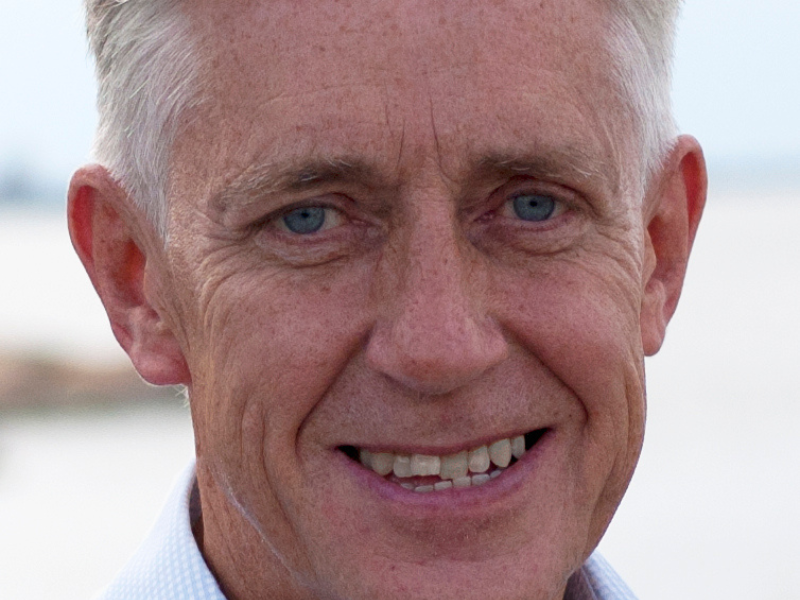David Collier
Chief Strategy Officer
CSO Minesto AB
David joined Minesto AB in 2017 and his current role is the Chief Strategy Officer based in Holyhead, North Wales. After 30 years, working in the offshore oil & gas and industrial projects, David changed track and over the last 16 years has held roles in a number of tidal and wave energy start-up companies, one of which was the Project Manager for the development of the SIMEC Atlantis MeyGen project in the UK. His current focus is on site development and sales of Minesto’s Dragon kite systems, in commercial arrays around the world.
David joined Minesto AB in 2017 and his current role is the Chief Strategy Officer based in Holyhead, North Wales. After 30 years, working in the offshore oil & gas and industrial projects, David changed track and over the last 16 years has held roles in a number of tidal and wave energy start-up companies, one of which was the Project Manager for the development of the SIMEC Atlantis MeyGen project in the UK. His current focus is on site development and sales of Minesto’s Dragon kite systems, in commercial arrays around the world.







